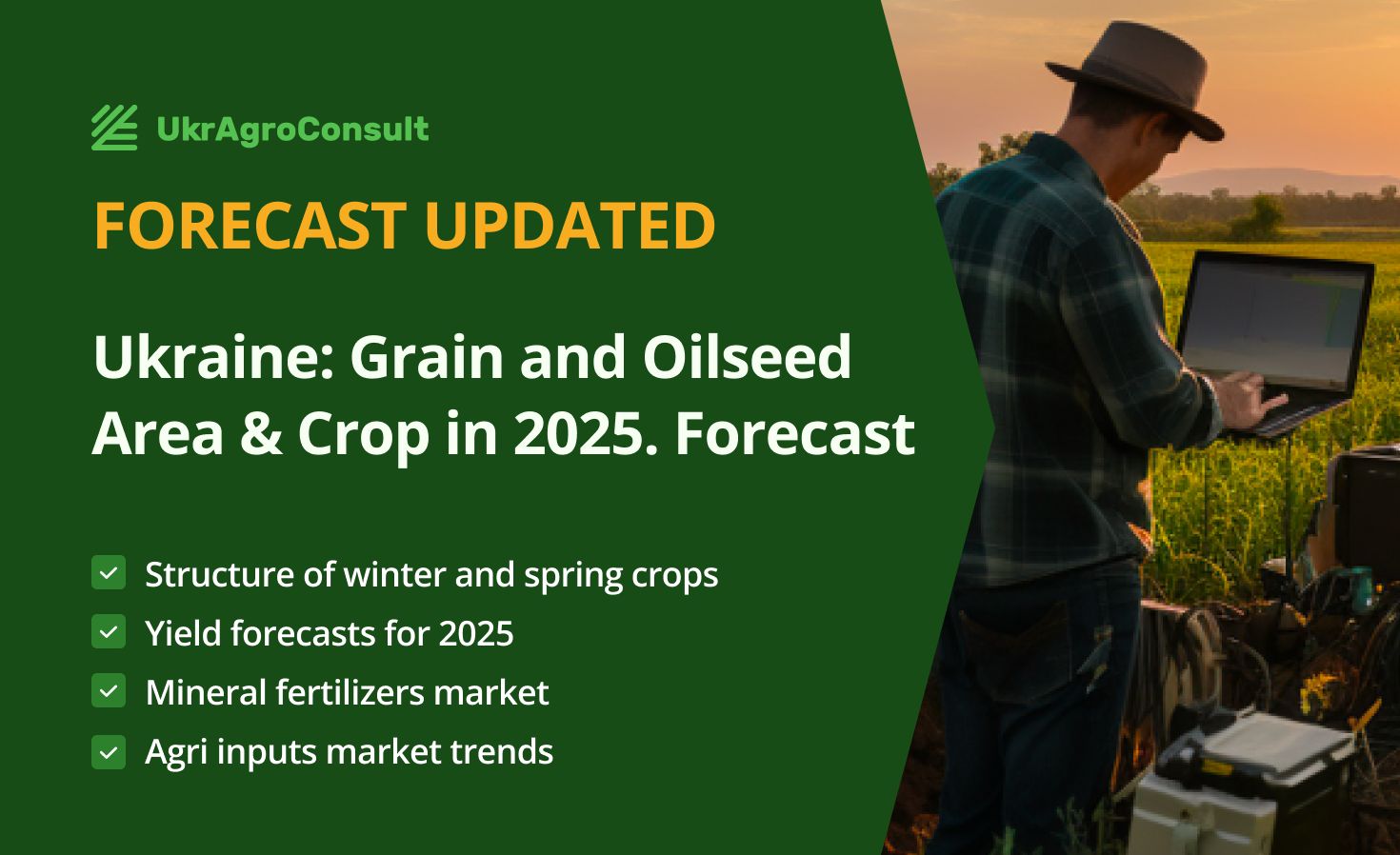
6 May, 2025 at 17:05
SPRING CROPS DATA UPDATED! Ukraine 2025 Crop & Sown Area Forecast
Read more

29 April, 2025 at 12:04
Oksana Osmachko participated in the 23rd international conference BLACK SEA GRAIN
Read more

29 April, 2025 at 11:04
Agricultural potential of the Black Sea region: New opportunities and challenges of the 2025/26
Read more

28 April, 2025 at 16:04
Congratulations to the winners of the valuable prize draw at BLACK SEA GRAIN.KYIV!
Read more

22 April, 2025 at 17:04
AI and Digital Trends in Agribusiness – What’s Your Strategy?AI and Digital Trends in Agribusiness – What’s Your Strategy?
Read more

15 April, 2025 at 16:04
Leadership in The Era Of Change: Who Will Shape The New Reality
Read more

15 April, 2025 at 16:04
Ukrainian grain export rates lag behind last year’s by 5 mln tons
Read more

14 April, 2025 at 16:04
Black Sea & Danube Region 2025/26: Agribusiness Potential, Trends & Challenges
Read more

8 April, 2025 at 17:04
Ukraine. Crossroads and Shifts in Agricultural Export Regulations 2024-2026
Read more

8 April, 2025 at 17:04
Bulgaria: Oilseed 2025 surplus – helping or unusable? Navigating the crush margin
Read more

3 April, 2025 at 12:04
Tender Notice for Greenhouse Suppliers
Read more

2 April, 2025 at 12:04
BLACK SEA GRAIN.KYIV: Exclusive Networking Evening BULL, BEAR, KANGAROO
Read more


